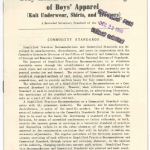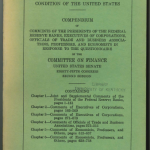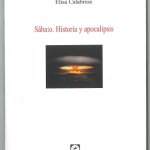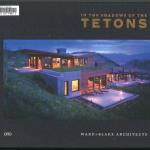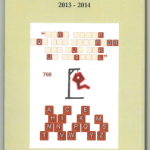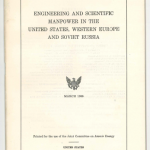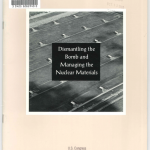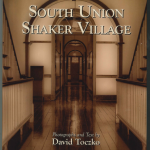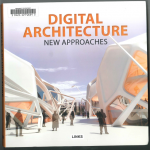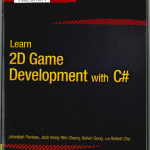Engineering and scientific manpower in the United States, Western Europe and Soviet Russia. (OCLC #10996318)
My catalog’s record for the electronic resource abbreviates United States in the 245 $a:
Engineering and Scientific Manpower in the U.S.,
Western Europe and Soviet Russia.
That seemed strange; it’s an AACR2 record, and though many things are abbreviated in AACR2, I didn’t remember this ever happening for title proper. Maybe they didn’t get the title from the cover?
A closer look at the record revealed this phrase as part of a note:
Record is based on bibliographic data in ProQuest U.S.
Congressional Research Digital Collection
This was likely an input convention for that particular database, whose data was then crosswalked into (mostly) AACR2-style records.
I am undecided on whether this would be appropriate (if not ideal) under RDA. RDA 2.2.2.2 says that for ebooks, the title proper should be taken from the image of the title page, though one could argue for the alternative: when creating records in batch, the title page image is not readily available, and the metadata is permanently (!) affixed to that digital edition.
Is strict adherence to the “preferred” source of information preferable to quick record creation/availability? How important is the title proper of the manifestation if there is enough other data (e.g. SuDoc number) to link that manifestation with other versions of the expression/work?
